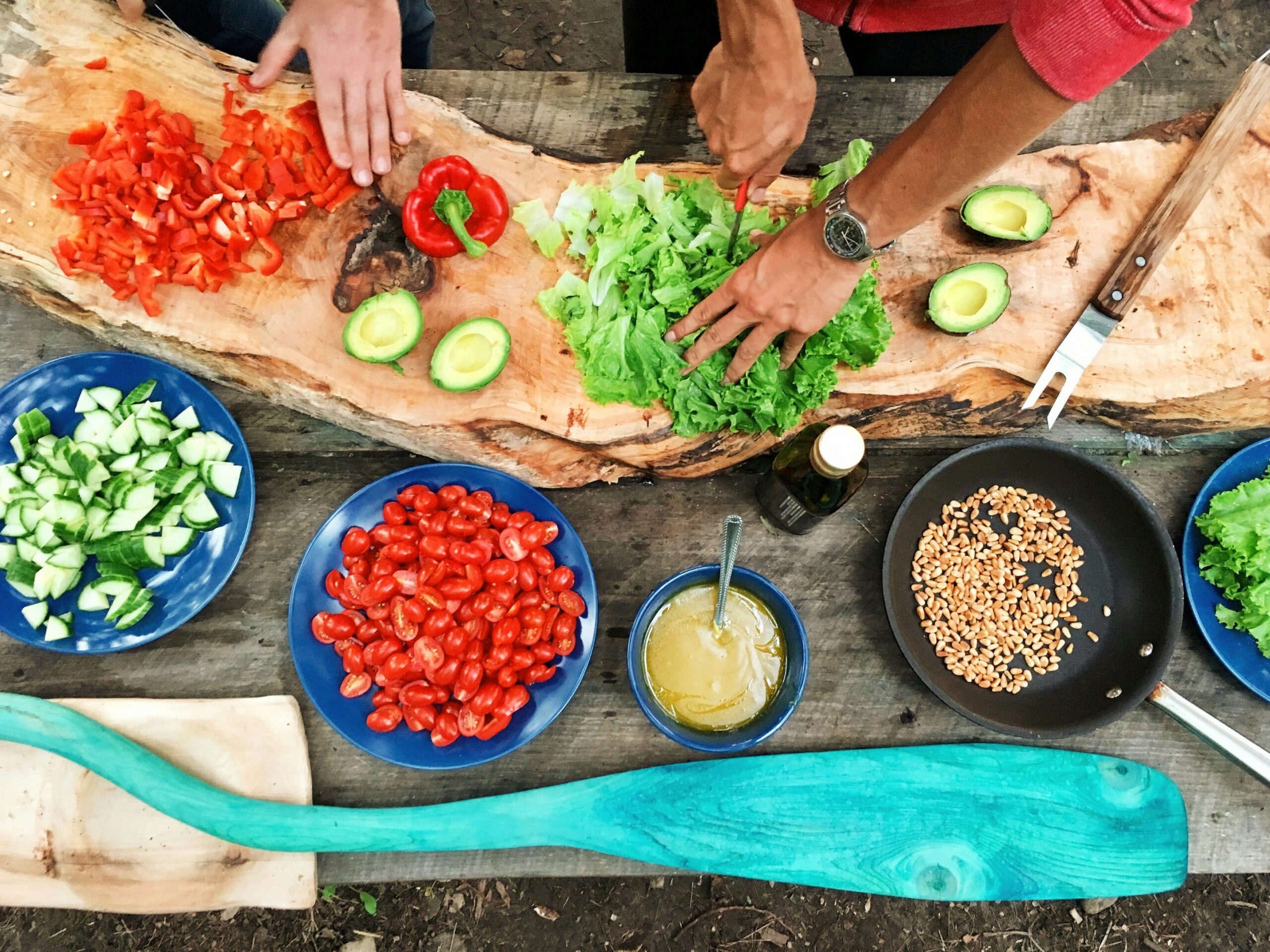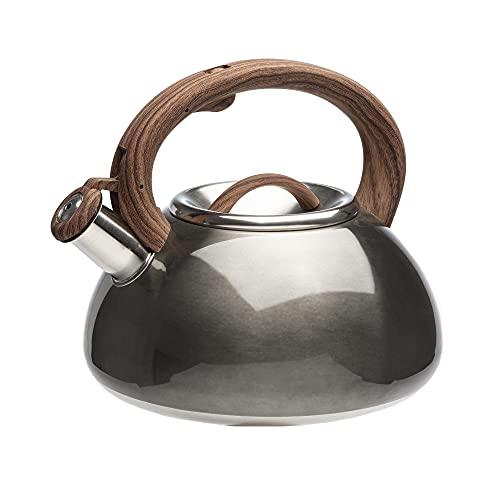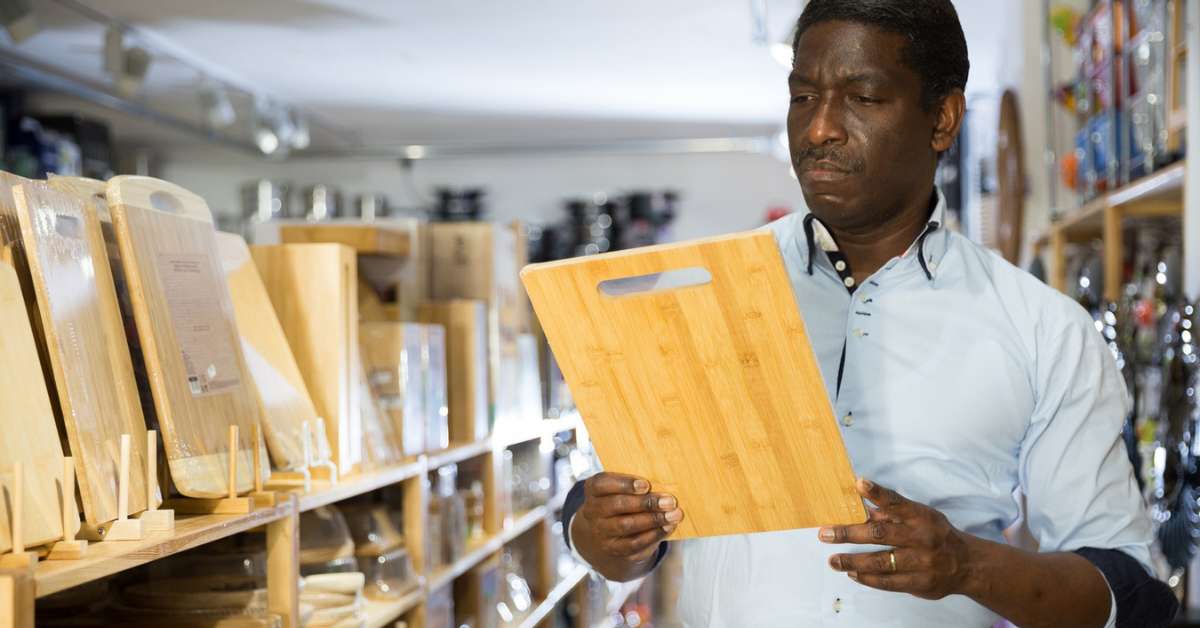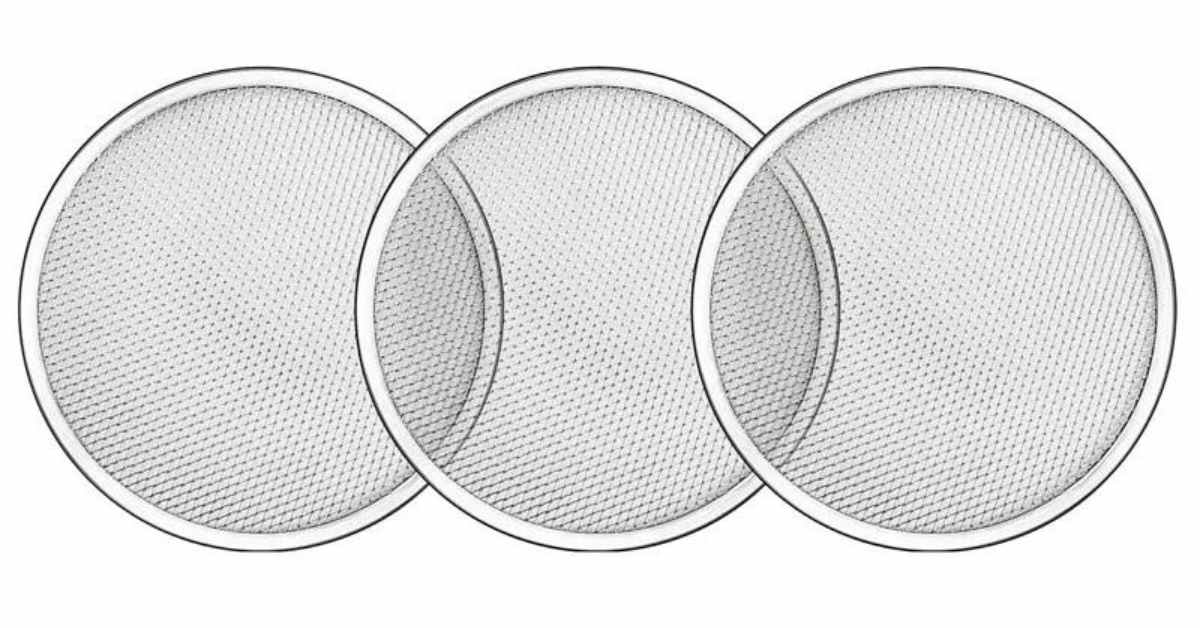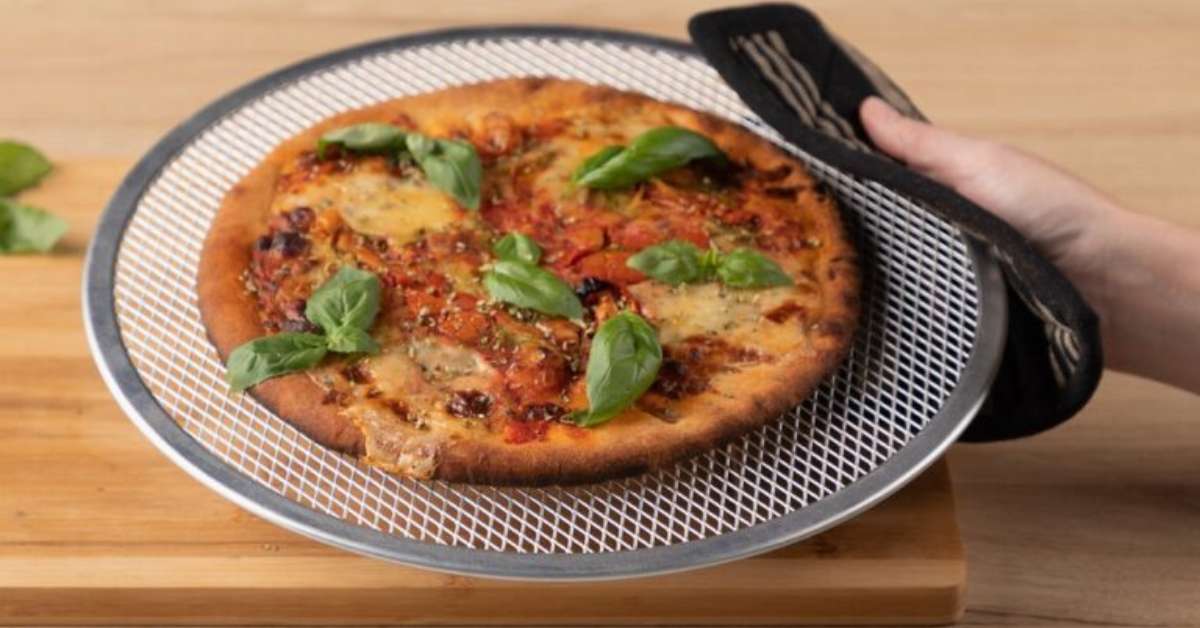Yes, you can use butter in a cast iron skillet. The cast iron skillet is a staple in many kitchens, prized for its durability and versatility in cooking various dishes. However, there is sometimes a need for more clarity on whether or not it is safe to use butter in a cast iron skillet.
After all, butter has a low smoke point, and cast iron skillets are known for their ability to get extremely hot. In this article, we’ll explore using butter in cast iron skillet and provide you with everything you need to know to cook confidently.
Table of Contents
ToggleWhat is a Cast Iron Skillet and How Does it Work

A cast iron skillet is a cooking tool that is made of cast iron and is used for cooking a variety of dishes. Cast iron skillets have been around for centuries and are often prized for their durability and versatility in the kitchen. It works by retaining heat and distributing it evenly across the skillet’s surface.
This means that foods cooked in a cast iron skillet are less likely to burn or stick and are more likely to cook evenly throughout. Additionally, cast iron skillets are often seasoned with oil or fat, which helps to create a non-stick surface and adds flavour to the food being cooked. Overall, it is a versatile and durable tool that can be used to cook various dishes.
Benefits of Cooking with a Cast Iron Skillet
Using a cast iron skillet has several benefits when it comes to cooking. Some of these benefits include:
- Heat distribution: Cast iron skillets can evenly distribute heat, so your food will be cooked more evenly and thoroughly.
- Durability: Cast iron skillets are incredibly durable and can last decades with proper care and maintenance.
- Versatility: Cast iron skillets can be used on the stovetop, in the oven, and even over a campfire, making them a versatile tool in the kitchen and beyond.
- Non-stick surface: Over time, a properly seasoned cast iron skillet will develop a non-stick surface, So you’ll need less oil or butter when cooking, and cleaning is easier.
- Nutritional benefits: Cooking with a cast iron skillet can also have nutritional benefits, as the iron from the skillet can leach into the food, providing an additional source of iron in your diet.
Why Butter is a Popular Choice for Cooking in Cast Iron Skillets
Butter is a popular choice for cooking in cast iron skillets because it adds a rich and delicious flavour to cooked food. Butter also has a relatively low smoke point, which means it can be used at lower temperatures than other cooking oils, making it a good choice for cooking delicate foods like eggs or fish.
Furthermore, when combined with a high smoke point oil, butter can provide the best of both worlds with the rich flavour of butter and the higher smoke point of the oil. This combination can help prevent burning and sticking while imparting that desirable buttery flavour.
Butter also has a long history of use in cooking and has been a staple in many kitchens for centuries. Its creamy, rich flavour and versatility make it popular among home cooks and professional chefs.
Lastly, some people prefer cooking with butter because it is a natural and minimally processed ingredient, especially grass-fed or organic butter. This can be seen as a healthier and more sustainable choice compared to other highly processed oils or cooking sprays.
How to Properly Butter a Cast Iron Skillet
Buttering a cast iron skillet is a simple process, but it’s important to do it correctly to get the best results. There are several ways to apply butter to a cast iron skillet, including rubbing a stick of butter directly onto the surface, melting butter in the skillet, or using a pastry brush to apply melted butter.
Whichever method you choose, it’s important to use the right amount of butter to avoid a greasy or overly oily result. Best practices for buttering a cast iron skillet include:
- Preheating the skillet before adding the butter.
- Using unsalted butter for the best flavour.
- Refrain from overcrowding the skillet with too much food at once.
Finally, it’s important to properly maintain a buttered cast iron skillet by cleaning it gently with a stiff brush and hot water and re-buttering it after each use to ensure that the seasoning stays intact. Following these tips, you can enjoy the delicious flavour and benefits of cooking with butter in your cast iron skillet.
The Best Fat to Use When Cooking with a Cast Iron Skillet
Choosing the proper kind of fat is critical to achieving the best results. Different fats, including butter, vegetable oil, and animal fats like lard or bacon grease, can be used. To choose the best fat for your cast iron skillet, consider factors such as smoke point, flavour, and health benefits.
Comparison of Different Types of Fats
Different fats have different smoke points, the temperature at which they begin to break down and smoke. Choosing a high smoke point fat, such as avocado or refined coconut oil, is important for high-heat cooking. Butter and olive oil have lower smoke points, so they are better suited for lower-heat cooking methods.
Pros and Cons of Using Alternative Fats
Animal fats like lard or bacon grease can add a unique flavour to foods and are often used in traditional Southern cooking. However, they have a lower smoke point than some vegetable oils and can become rancid if used slowly. Vegetable oils like canola or soybean oil are neutral in flavour and have a high smoke point but may not be as healthy as other options.
How to Choose the Best Fat for Your Cast Iron Skillet
When choosing a fat for your cast iron skillet, consider the type of dish you are cooking and the desired flavour and texture. For high-heat cooking methods like searing or frying, choose a fat with a high smoke point, like avocado or grapeseed. Butter or olive oil may be better for baking or lower-heat cooking methods.
Remember to consider health factors when choosing a fat, and opt for healthier options like coconut oil or ghee when possible.
Cooking with Butter in Cast Iron Skillets: Common Mistakes to Avoid
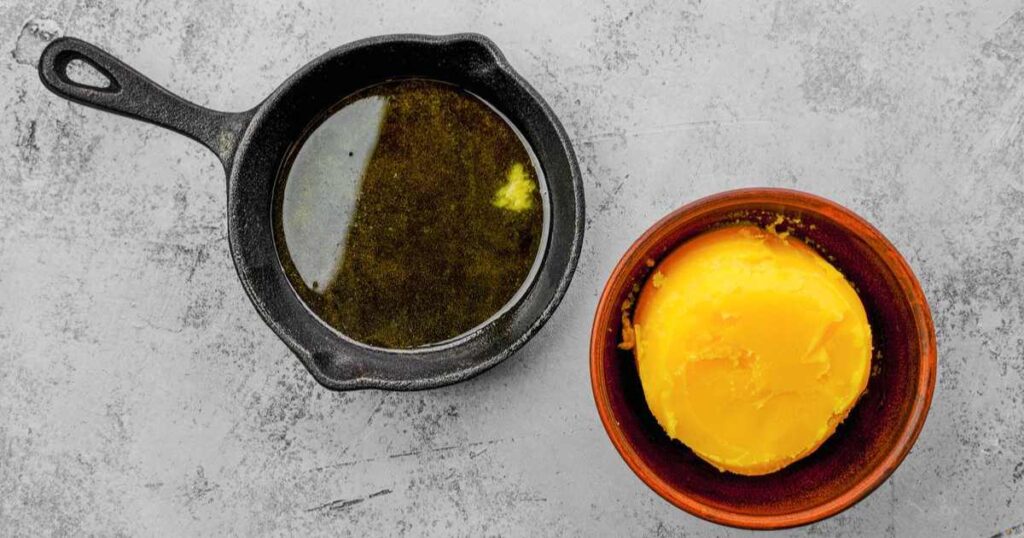
While cooking with butter in a cast iron skillet can be a delicious and satisfying experience, there are some common mistakes that people make that can affect the quality of both their food and their skillet.
One common mistake is using too much butter, leading to a greasy mess and a less flavorful result. Another mistake is high heat, which can cause the butter to burn and stick to the skillet, making it difficult to clean. Additionally, using cold butter can also lead to sticking and uneven cooking.
To avoid these mistakes, it’s important to use butter in moderation and ensure your skillet is properly preheated before adding the butter. Let the butter come to room temperature before cooking, and use high heat to prevent burning and sticking.
Lastly, clean your cast iron skillet properly after each use to maintain quality and avoid any build-up of burnt butter. Following these tips, you can cook with butter in your cast iron skillet like a pro and enjoy delicious, evenly cooked meals every time.
How to Properly Clean and Maintain Your Cast Iron Skillet After Using Butter
Properly cleaning and maintaining your cast iron skillet after using butter is crucial for its longevity and effectiveness. Here are the steps to follow:
- Let the skillet cool down: After cooking, allow the skillet to cool down for a few minutes before cleaning.
- Scrape off any excess food: Remove any remaining food particles from the skillet using a spatula or scraper.
- Rinse with hot water: Rinse the skillet under hot running water to remove any remaining food particles.
- Use mild soap if necessary: If stubborn bits of food are stuck to the skillet, you can use mild soap to help remove them.
- Dry the skillet completely: Use a clean cloth or paper towel to dry the skillet completely. You can also place it on a low-heat burner to evaporate any remaining moisture.
- Apply a thin layer of oil: To maintain the seasoning of your cast iron skillet, apply a thin layer of oil (such as vegetable or flaxseed oil) to the entire surface of the skillet using a clean cloth or paper towel.
- Store the skillet properly: Store the skillet in a dry place with the lid off to prevent rust or other damage. Avoid storing it in a damp or humid location.
Frequently Asked Questions
Is it safe to cook with butter in a cast iron skillet?
Yes, you can use butter in a cast iron skillet. However, it is important to note that butter has a low smoke point, which means it can easily burn and smoke when heated to high temperatures.
Can I use other oils besides butter in a cast iron skillet?
You can use other oils besides butter in a cast iron skillet. However, choosing an oil with a high smoke point is important to avoid smoking and burning the oil.
Can I use salted butter in a cast iron skillet?
Yes, you can use salted butter in a cast iron skillet. However, remember that salted butter may cause your skillet to rust more quickly if not properly cleaned and dried.
How do I know if my cast iron skillet is properly seasoned?
Your cast iron skillet is properly seasoned with a smooth, non-stick surface and a deep, dark colour. It should also be able to withstand high heat without smoking or sticking.
Can I wash my cast iron skillet with soap?
Yes, you can wash your cast iron skillet with soap if necessary. However, rinse it thoroughly and dry it completely to prevent rust.
Conclusion
Using butter in cast iron skillet can add a unique flavour and texture to your cooking. Butter has a low smoke point and is suitable for low-heat cooking, making it an ideal choice for low-heat cooking in cast iron skillets.
To properly butter a cast iron skillet, there are different ways to apply butter and best practices to follow to ensure the skillet is properly seasoned. Additionally, it’s important to choose the right type of fat for your cast iron skillet, with options ranging from butter to alternative fats like vegetable oil.
However, there are common mistakes to avoid when cooking with butter in cast iron skillets, such as overheating the skillet or not properly cleaning and maintaining it. Following the tips and guidelines outlined in this article, you can cook with butter in cast iron skillets like a pro and enjoy delicious meals with perfectly cooked food.


